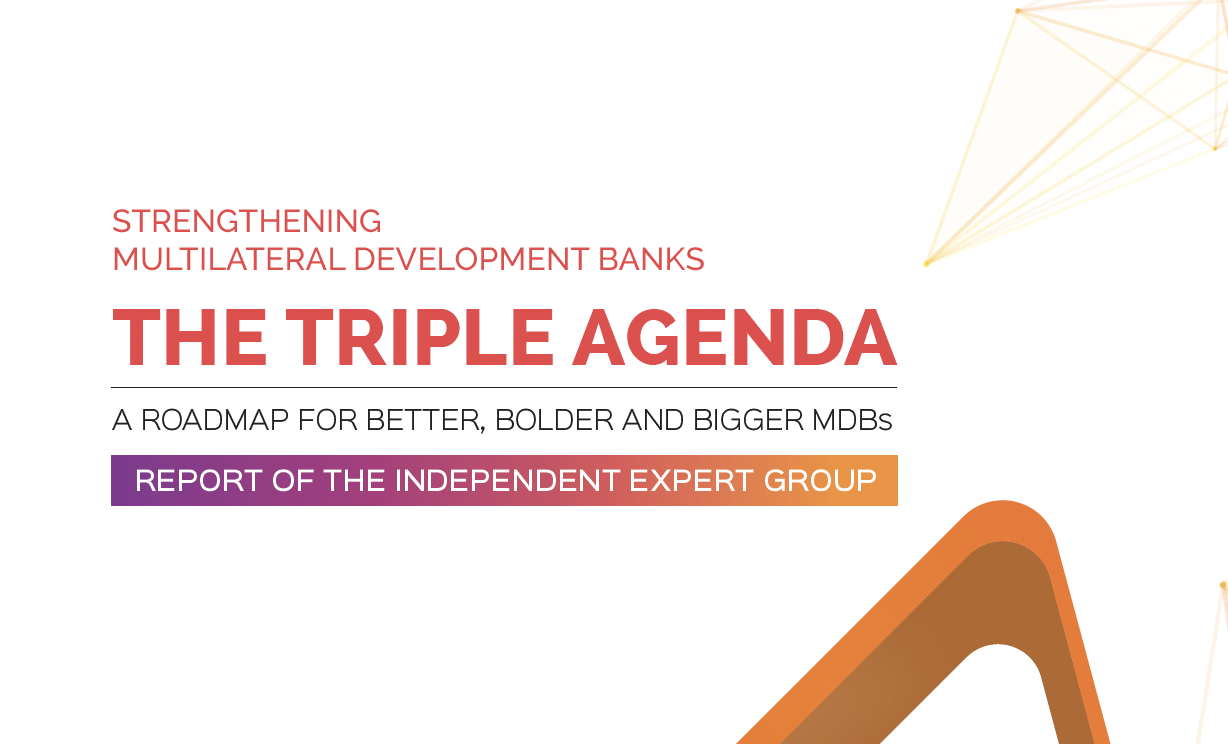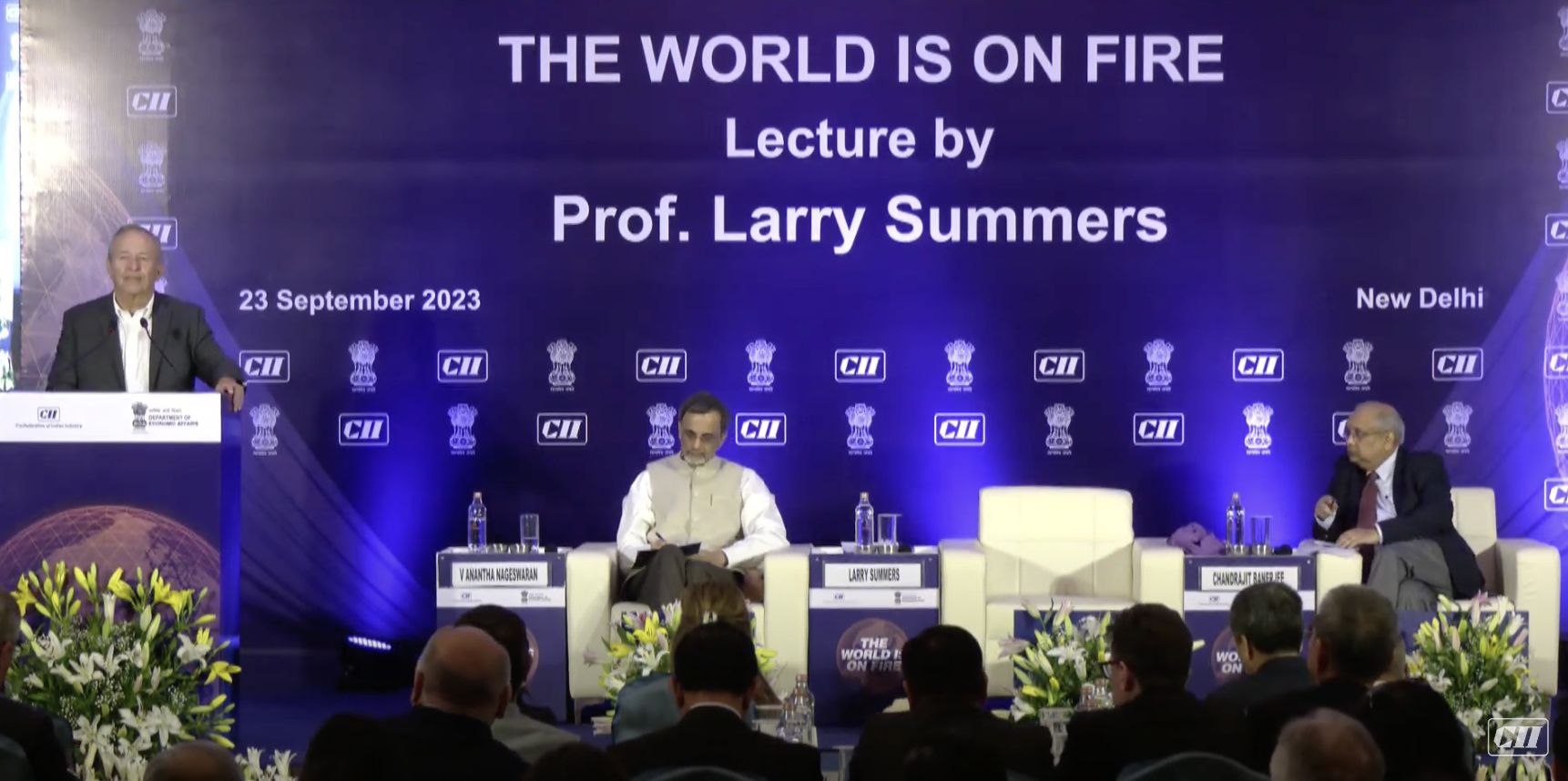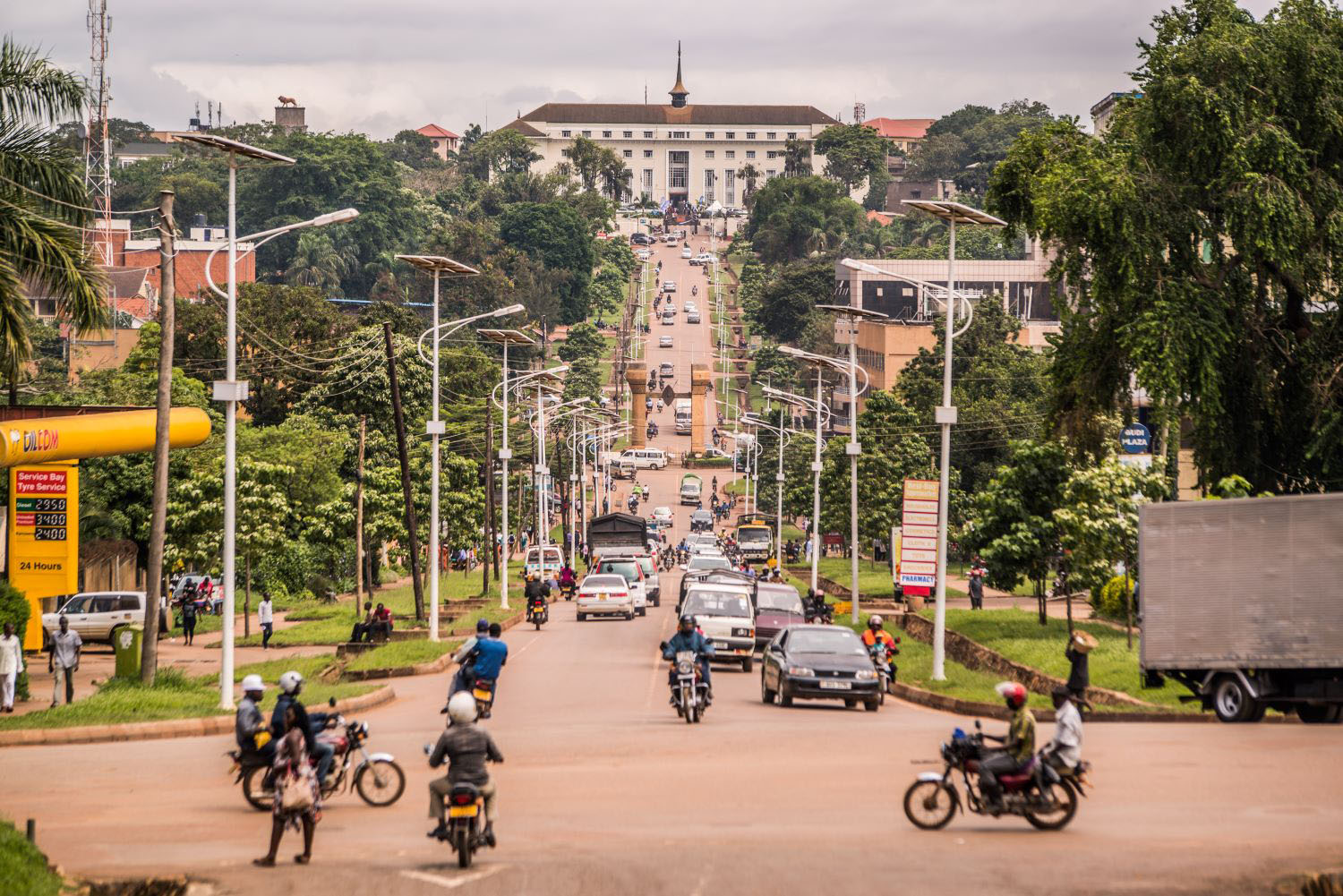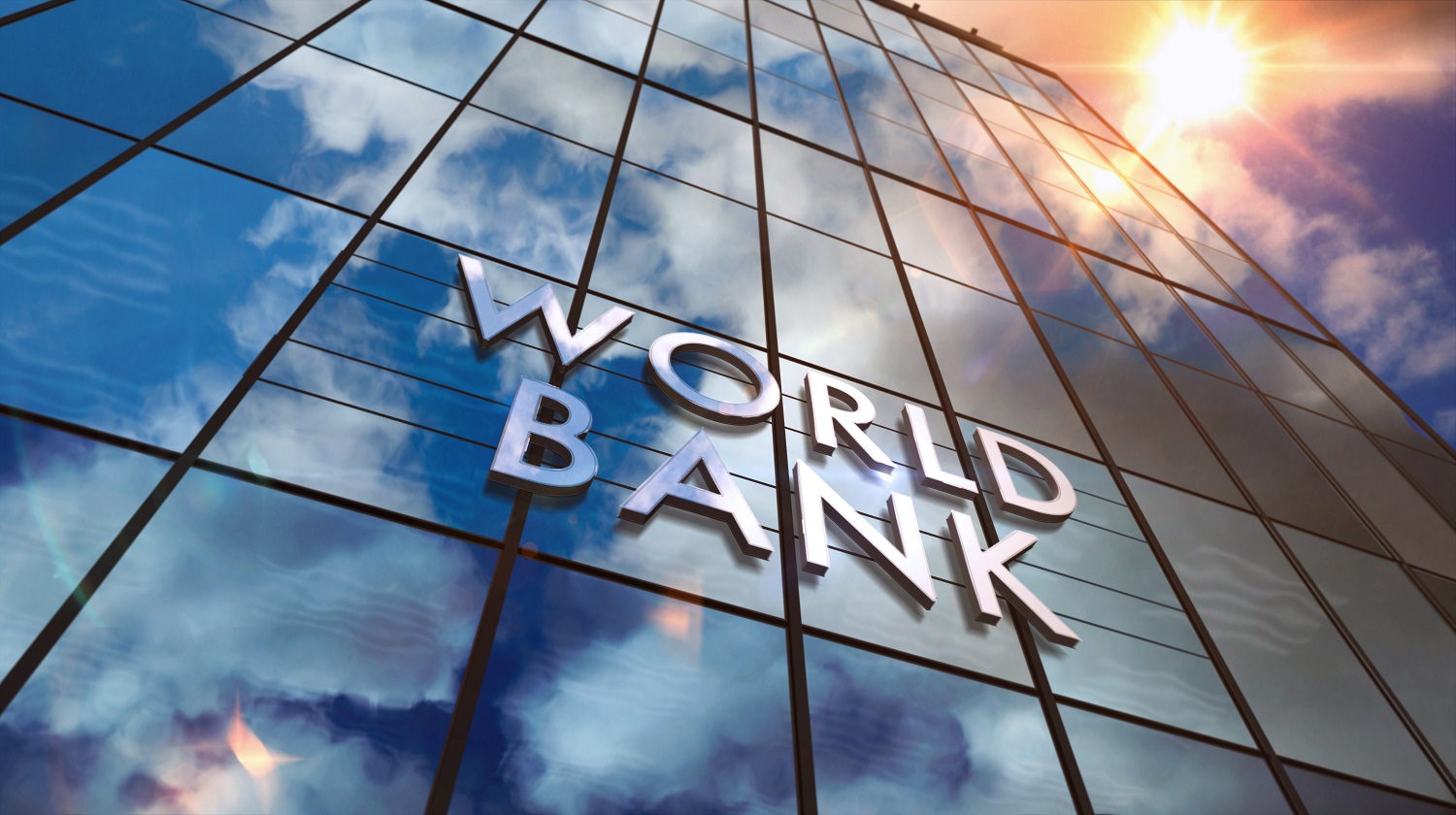Recommended

Event

CGD NOTES
In fundamental ways, this era differs from the final decades of the last century. Climate change has set many parts of the world on fire and sharply raised risks from underinvestment in mitigation, adaptation and resilience (both climate and health). War on a large scale has returned to Europe, re-emerged in Africa, and now exploded in the Middle East with loss of life and destruction greatly amplified by technological advances in weaponry.
Whereas in the last century, the sources of economic and financial crises were often local or regional, in the 21st century, they are more often driven by global external shocks. Governments—especially heavily indebted poor and middle-income countries—cannot respond adequately solely through their own policy, tax, and spending decisions. Negative cross border spillovers from climate change, pandemics, and wars have set countries far back, significantly raised the overall cost of development, and contributed to a corrosive decline in trust in governments, democratic systems, and local and international institutions.
Against this urgent and risk-filled backdrop, the G20 under the Indian Presidency gave a broad mandate to the Independent Experts Group for a fundamental rethinking of the role and functions of multilateral development banks—recognizing that, even with their limitations, no other institutions are better placed to sit at the center of the economic response to development and global challenges. The IEG listened to public and private stakeholders and took on board the widely held view that MDBs are not now fit-for-purpose for the 21st century.
Why the IEG report matters and how it’s different
The two-volume IEG report has met the demands of the moment. It aims for transformation rather than incremental change. It does what no individual MDB and its governing board can do and what the G20 itself has no formal mandate to do. It looks at MDB roles, financial capacity, and effectiveness as a system. Its analysis is grounded in credible projections of SDG, climate, and other global challenge investment needs. It derives a plausible scenario for the scale of annual finance needed by 2030 and identifies local and external sources. It does not minimize the critical role of domestic resource mobilization or local private finance. Nor does it place an excessive burden on external public funding; it highlights the strong logic and necessity of much greater flows of external private finance for sustainable development. And it proposes deployment of public resources in ways that are as efficient, catalytic and effective as possible.
Volume 1 lays out a triple agenda for MDBs: (1) adopting a triple mandate that adds global challenges to poverty and shared prosperity goals, (2) tripling annual sustainable lending levels to $390 billion per year by 2030, and (3) offering opportunities and mechanisms for new investors to expand MDB lending capacity. The tripling of annual MDB concessional and non-concessional finance is a highly efficient investment. It is designed not only to contribute directly to filling finance gaps but also to catalyze finance from the private sector. And the power of the MDB financial model ensures that paid in capital contributions from shareholders will be very small in relation to the volume of additional lending capacity leveraged.
Volume 2: Making MDBs better and bolder—not just bigger
Volume 2 completes the transformation agenda. MDBs must not only be bigger, they must be better and bolder in three fundamental ways. First, they must transform how they engage with country partners. The report advocates designing and implementing MDB support with the aim of achieving transformational progress and agreed outcomes under country-owned strategies, rather than through fragmented transaction-by-transaction approaches. Outcomes rather than finance volumes and numbers of operations must be the measure of success. MDB internal processes should be faster, more efficient, and streamlined to make them more productive and responsive partners for governments and the private sector. And MDBs should be go-to partners for responding rapidly to external shocks, especially in ways that foster country collaboration across affected regions.
Second, MDBs must put catalyzing and mobilizing private finance at the center of the corporate strategies. That means whole-of-bank approaches to strengthening investment climates and building markets, including more transparency with their own data to help private actors accurately assess risk. It means more use of catalytic instruments that fill market gaps like guarantees, equity, and foreign exchange risk management. It means taking on more risk on their own balance sheets, but also managing that risk through portfolio level partnerships with each other (including MIGA), donors, and the private sector. And it means stepping back from financing projects which the private sector is ready to take on. The report highlights ways that private investors can participate at scale across a spectrum of activities: as hybrid capital investors, as co-creators of investment opportunities, and as off-takers of portfolios of mature performing MDB assets.
Third, the MDBs must act consistently and deliberately as a coherent, mutually reinforcing system. The challenges are just too large and difficult for MDBs to fail to exploit synergies. MDBs collaboration in supporting country programs is essential for success. They can share risks, costs, and diagnostics. They can move forward on an agenda that has languished for years: harmonizing their standards and processes for project due diligence, ESG safeguards, and procurement. And they can standardize and pool their development assets to create large asset bundles attractive to large institutional investors.
Staying the course
No one should be under any illusion that the agenda laid out in the two IEG volumes can be carried forward easily. It encompasses major changes in how shareholders and managers assess capital adequacy, hard shareholder decisions about capital needs across the system, and radical reforms of the MDB model and role. The risk is high that shareholders and MDB leaders will lack the sustained resolve, political will, and managerial skill to move forward on all these fronts. The system could easily sink into an impasse where some argue that reforms must precede new capital and others argue that new capital is an essential prerequisite for reform. The good news is that we are seeing a coalition in favor of bigger, better, and bolder banks forming across borrowing and non-borrowing country shareholders, and a number of MDB leaders pressing forward with major reforms. With patience and skill that coalition can be sustained and strengthened. The IEG report makes the essential contribution of helping us envision what bigger, better, and bolder banks could look like by the end of this decade.
You can read Volume II of the IEG Report here and Volume I here, and you can subscribe here to receive updates on the Center for Global Development’s multilateral development bank reform work.
Disclaimer
CGD blog posts reflect the views of the authors, drawing on prior research and experience in their areas of expertise. CGD is a nonpartisan, independent organization and does not take institutional positions.
Image credit for social media/web: Denis Rozhnovsky / Adobe Stock






